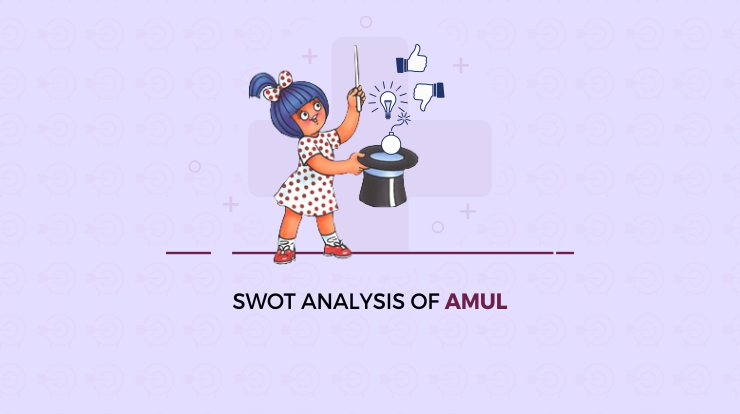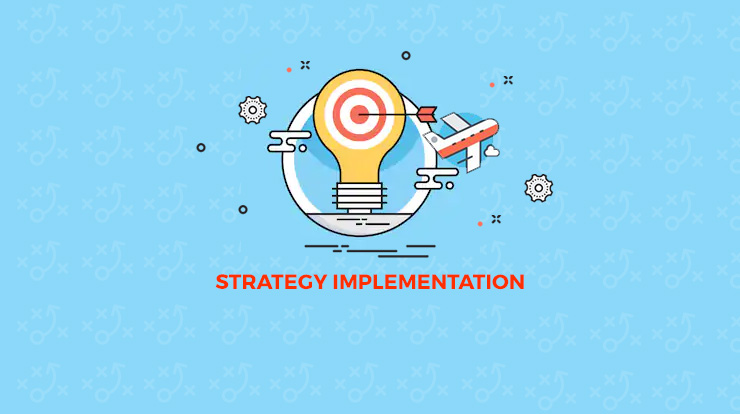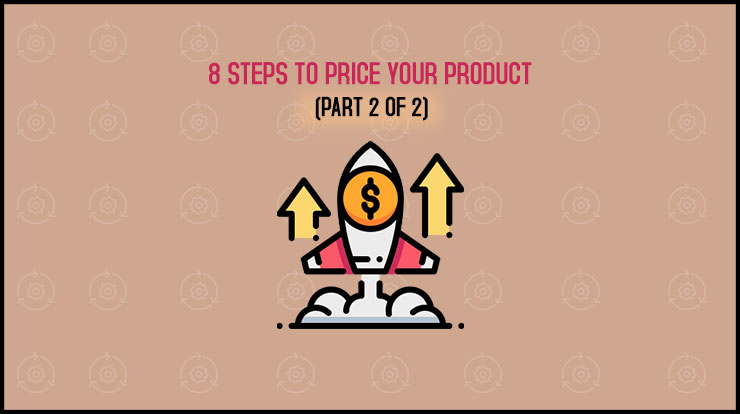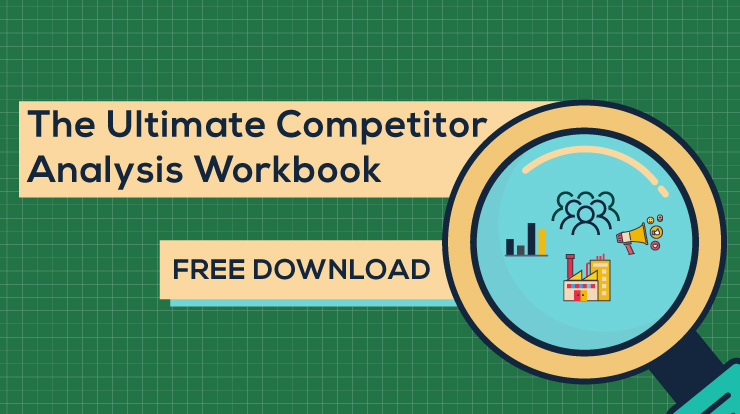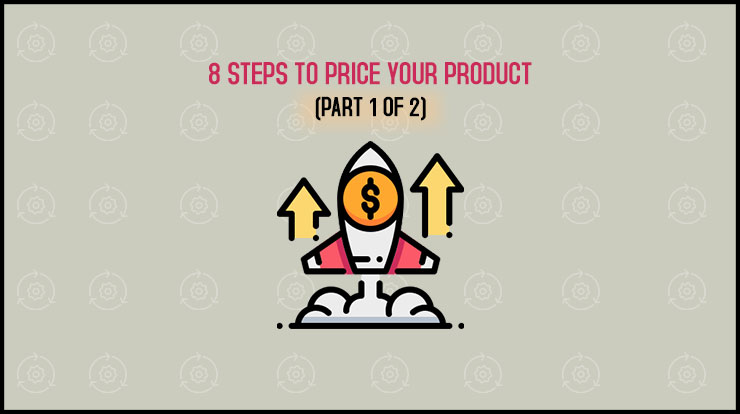
I can say it with a good level of confidence that how to price your product, how to determine the selling price will remain really common marketing doubts, forever.
Don’t you feel that no matter what price you may decide upon, the feeling within you is always short of confidence? Of an unsatisfactory type?
The reason is that we are never sure of whether we have considered every aspect while setting prices for products. Whether this is the optimum price and anything above or below this will give us lesser revenue and profits?
In an ideal situation, the best satisfaction that you can get as a marketer about the price you have set is when you have the customers’ word for it.
But let’s just come back to reality where we need to realize that customers driving the prices is not what is desired.
So, the best we can do is capture the essence of what the customer feels about the product and somehow translate into a suitable price.
Keeping that in mind, I propose to you 8 steps for setting prices for products in a better way.
I can say it with certainty that these 8 steps are all that you will need to think about the next time your price your product.
How to approach any pricing method?
I shared it in my article on How to Price your Product – The Fundamentals, the basic thought process that you need as a marketer before you set out on this pricing journey.
In that article, I had laid down certain fundamentals. These are the things you need to think before you think how to price your product.
I mentioned that any price determination method should be:
- Value-based
- Proactive
- Profit-driven
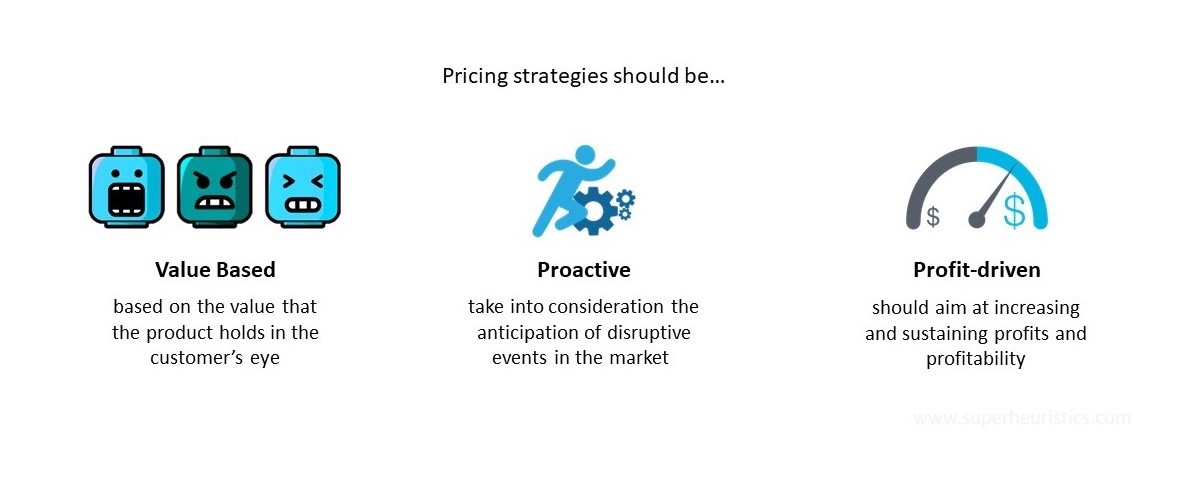
At this point in time, I strongly suggest you have a read of that article to get the basic approach. My 8 steps of how to price your product have their roots in that philosophy of pricing.
What are the 8 steps of how to price your product?
The 8 steps that are going to change the way you think about pricing together form a strong guideline. Frankly, these are the only 8 things that you have got to cover the next time you set your pricing. So, let’s have your work cut-out.
Here are the 8 steps of setting prices for products:
Step 1 – Get a sense of the value your customers see in the product
Step 2 – Find out the different ways in which different customers value the product
Step 3 – Keep in mind the customer’s price sensitivity
Step 4 – Decide on a pricing structure
Step 5 – Watch out for competitors’ reactions
Step 6 – Keep an eye on the actual transaction price
Step 7 – Feel the customers’ emotional response
Step 8 – Determine whether the returns are worth the cost
Let’s discuss each of the 8 steps in detail
Step 1 – Get a sense of the value your customers see in the product
This is hugely messed up in the minds of many marketers. For most of the companies, the primary driver of the price is the cost associated with the product.
Marketers tend to wind up their pricing responsibility by suggesting simple cost-plus pricing method. That is, adding a premium to the cost of production.
This is the worst form of pricing. Undoubtedly.
An accountant can do this. You don’t need to be a marketer to do cost-plus pricing!
This kind of pricing starts from within the company and then flows outwards to the marketplace. Which is exactly the opposite of how it should be?
You need to realize that market price is determined by the customers’ perception of your product.
Here’s what should be done.
While using any of the pricing methods, you as the marketing manager must determine how the customers will value the product.
This could be done through a routine Market Research exercise or with the help of feedback from the Sales team.
What are you really checking here?
Two things. You should reach out to two kinds of people. One, those who are already customers of the product or the brands. And the others, who are not the buyers of your brand.
The people who have bought from you will tell you about the advantages that you offer to them. Those who don’t will tell you why they would have been at a disadvantage buying from you.
Your focus at the end of this exercise should be on the advantages that you offer to the people while being mindful of the certain disadvantages.
You should price for the former type of customers – those who value your advantages.
Step 2 – Find out the different ways in which different customers value the product
You already know that not all the customers are the same. That’s why you segment your customers right at the beginning.
This includes potential customers as well.
The result of segmentation is different customer groups with each group having a different expectation from your product.
The customers might use the product differently.
They may differ in the intensity of use of the product.
Probably they are buying the product for a different benefit altogether.
So when they value the products differently, doesn’t it make sense for you to price the same product differently for different segments of the audience?
It does!
As a marketing manager, you must realise that you will be able to capture a larger value, overall, if you price the same product differently for different customers.
Step 2 is about being cognizant about this important aspect of pricing.
Step 3 – Keep in mind the customer’s price sensitivity
Customer’s price sensitivity is a more elaborate concept than what it is thought to be. And in this step, you need to take care of different aspects of customers’ price sensitivity.
From a pure economics standpoint, this price sensitivity is manifested in the price elasticity.
Price elasticity is defined as the percentage change in the quantity sold given a 1% change in the price. So if you decide to increase the price of the product by 1%, how much will the sales quantity be affected?
There are three aspects to look into for these. These factors qualitatively determine the price sensitivity and will give you a good idea about it.
1. Customer Economics
Here are the key questions to answer to understand customer economics.
- Is the decision maker also the buyer of the product?
- Is the buyer also the user of the product?
- Will the buyer sell to product further for a margin?
- Will a higher price signal a better quality for this customer?
2. Customer Search Considerations
The customers’ ease of search in the market should be another key consideration when thinking about how to price your product.
You must think about the following points.
- Is the buyer able to compare the product with the competition?
- Is the time of purchase crucial for the user?
- What are the search costs associated with this product category for the buyer?
- What alternative product does the user have if he doesn’t by your product?
3. Customer’s view of the Competition
At the end of the day, you have to survive along with the competition.
Your pricing cannot be completely unrelated to the industry or the type of market you are in. Not every company has the privilege to have the luxury to be able to do that.
Therefore, you need to see the following points.
- Is the product any better than the competition?
- What are the points of differentiation for this customer?
- How are you able to help the customer do his job better or faster vis-a-vis the competition?
Step 4 – Decide on a pricing structure
This is when you finally get to the drawing board to plan out how your company will price based on all the customer sensing you have done.
But mind you, you are still not deciding the price level yet. You are just about ready to decide the pricing structure.
The pricing structure is the basic nature of your pricing policy.
For example, telecom companies charge a price per minute or per second. That is their pricing structure. How much would they charge per second is the price level?
Another example could be of a subscription-based pricing followed by, say, Netflix. That’s a pricing structure. That is their decision as to how are they planning to capture the value from the market.
Pricing structure calls for a completely new article in itself. But the objective here is to apprise you of the thought process to adopt while pricing.
Also, it is crucial to understand that within the same industry or the same product category, two competitors can have a different pricing structure.
The first example that comes to my mind is of Coursera and EdX.
EdX charges a one-time flat fee for one particular course. You get the certificate for the course on that one-time payment.
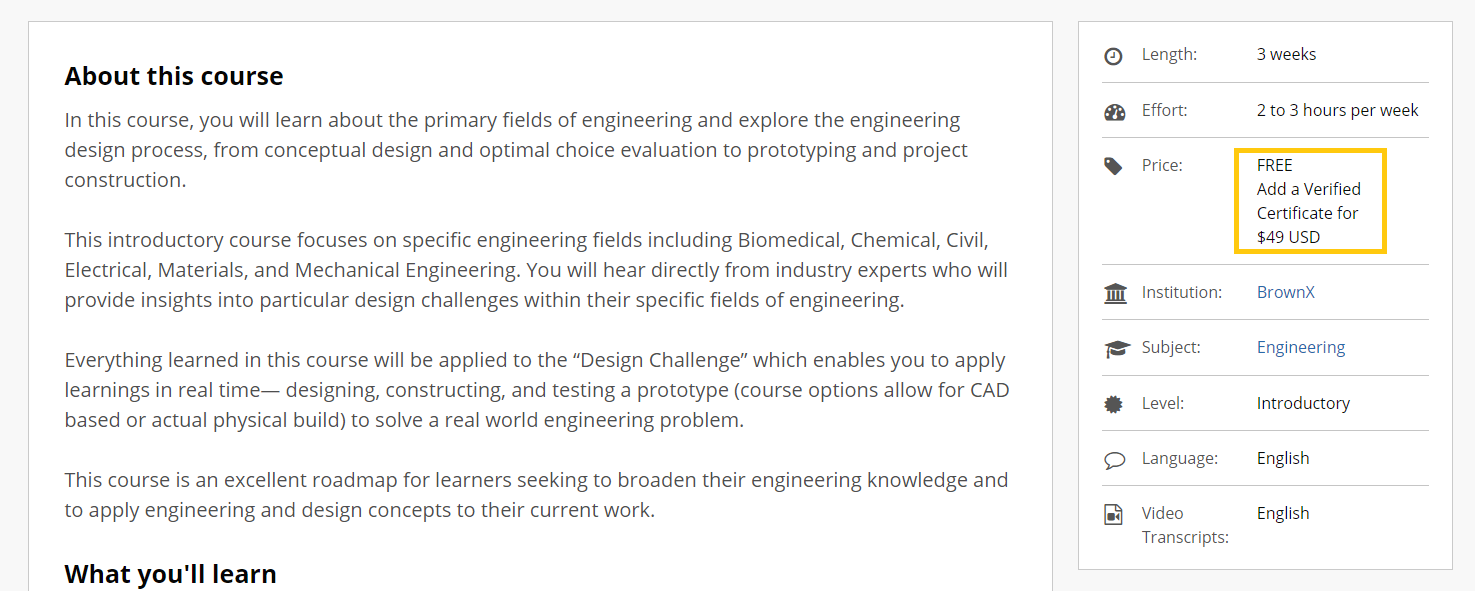
This is contrary to how Coursera charges you.
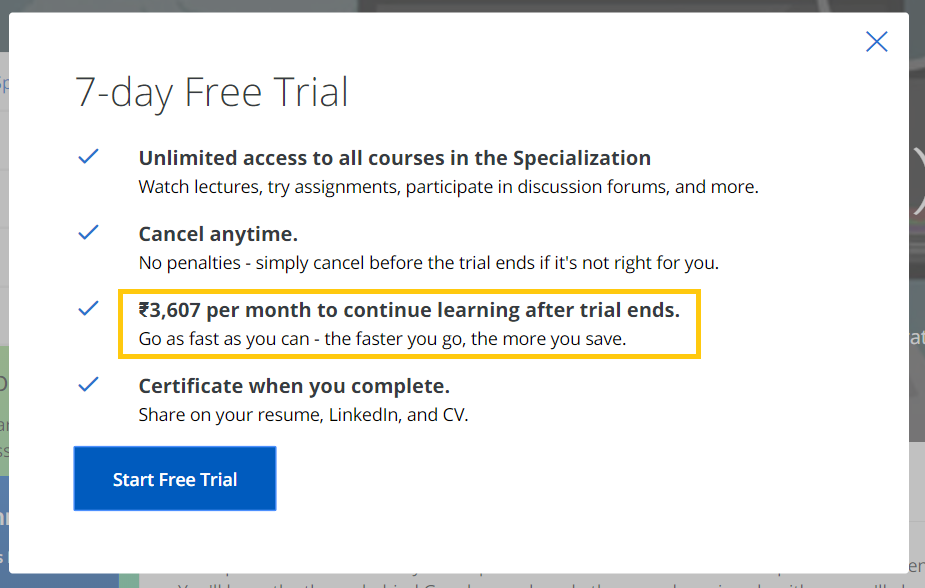
Coursera seeks monthly rentals from its users. Which mean you pay the monthly fee and you can do as many courses as you want within that month.
The pricing structure that you choose makes a great difference in how you can maximise your revenue and profits.
These were the first 4 of the 8 steps that you as a marketer must follow if you seek an answer to how to price your product. I shall continue and bring to you the remaining 4 steps in the next blog post – How to Price your Product better in 8 Steps (Part 2 of 2).



